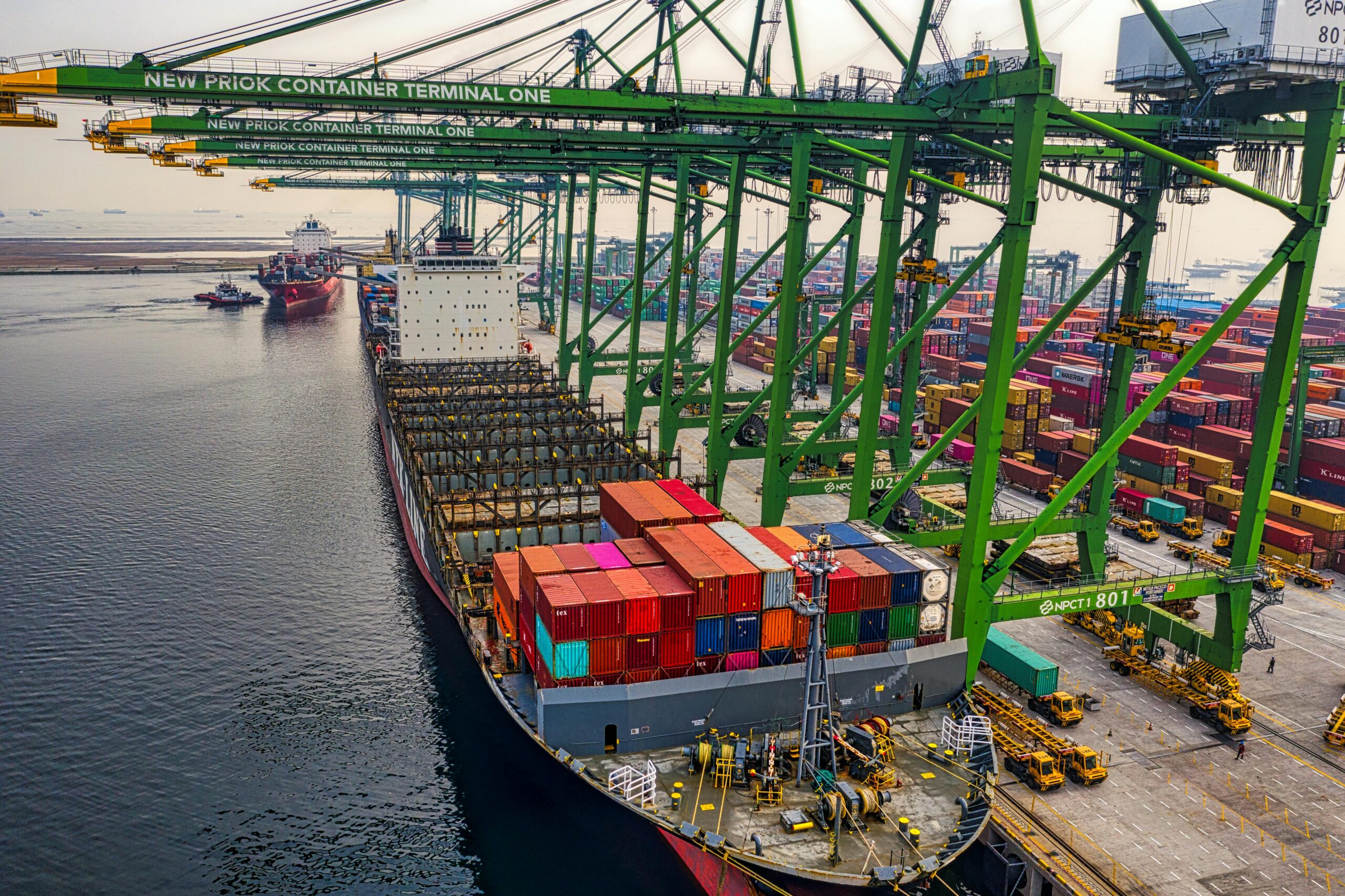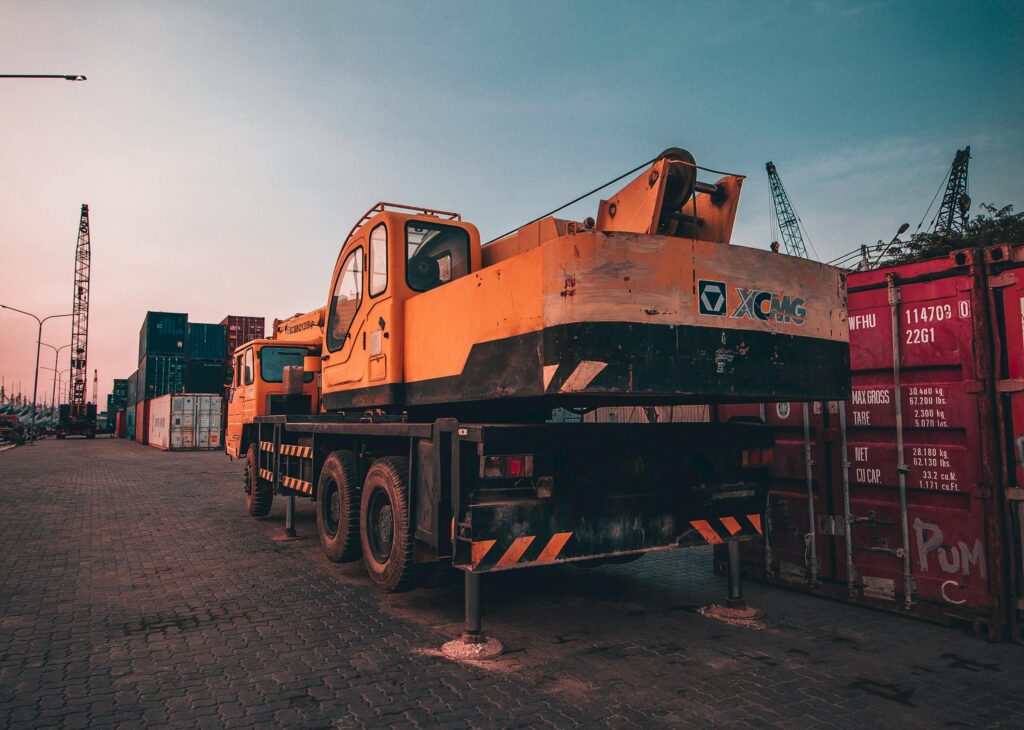
If you’re new to international trade or planning to ship goods to or from Australia, the terminology around containerized shipping can feel overwhelming. From understanding shipping container shipping rates to navigating overseas freight quotes, decoding your bill of lading, and choosing between a standard or high cube container, there’s a lot to learn.
This glossary breaks down the essential terms you need to know about containerized shipping, helping you communicate confidently with shipping providers and make informed decisions about your Australia container freight services. For a step-by-step overview of the shipping process, see our Container Shipping Guide for Beginners.
What Is Containerized Shipping?
Containerized shipping is the method of transporting goods in standardised metal containers via cargo ships, trains, or trucks. Introduced in the 1950s, this system transformed global trade by making it faster, safer, and more cost-effective to move goods internationally. Instead of loading individual items onto ships, containerized shipping uses uniform steel boxes that can be easily transferred between transport modes without unpacking. For answers to common questions about sea freight, visit our Sea Cargo Freight FAQs.
Essential Container Types
Standard Containers
20-foot Container (TEU): A Twenty-foot Equivalent Unit measures approximately 6 metres long, 2.4 metres wide, and 2.4 metres high, with capacity of around 33 cubic metres.
40-foot Container (FEU): A Forty-foot Equivalent Unit is double the length at 12 metres, offering roughly 67 cubic metres of cargo space.
High Cube Container: A high cube container offers an extra 30cm in height (2.9 metres total) compared to standard containers. Available in both 20-foot and 40-foot lengths, the 40-foot high cube is particularly popular for maximising cargo volume. When requesting shipping container shipping rates, high cube containers typically cost 10-20% more than standard containers, but provide approximately 13% more volume (76 cubic metres vs 67 cubic metres for a 40-footer). They’re perfect for furniture, retail merchandise, or any lightweight, voluminous cargo.
Specialised Containers
Refrigerated Container (Reefer): Temperature-controlled containers for perishable goods like food, pharmaceuticals, or flowers, essential for Australia’s agricultural exports.
Open Top Container: Containers with removable roofs for oversized cargo like machinery or timber that can’t fit through standard doors.
Shipping Service Types
FCL (Full Container Load)
When you book an entire container exclusively for your goods. FCL offers greater security, faster transit times, and is cost-effective for larger shipments. Choose FCL if you have enough cargo to fill at least half a container or if your goods are fragile or valuable. Our Container Shipping Guide for Beginners explains FCL and LCL differences in detail.
LCL (Less than Container Load)
When your shipment doesn’t fill an entire container, your goods are consolidated with other shippers’ cargo. LCL is charged by volume (cubic metres) or weight and is ideal for smaller shipments under 15 cubic metres with flexible delivery timelines.
Understanding Shipping Container Shipping Rates
Shipping container shipping rates vary based on multiple factors:
Volume and Weight: Rates calculated on either volumetric weight or actual weight, whichever is greater (known as “chargeable weight”).
Container Type and Size: Standard containers have base rates, whilst specialised containers command premium pricing. High cube containers typically cost 10-20% more.
Seasonal Demand: Peak seasons (August-October for Christmas inventory, Chinese New Year period) significantly impact container availability and rates.
Fuel Costs: Bunker Adjustment Factor (BAF) reflects fluctuating fuel prices added to base rates.
Route and Distance: Major routes between large ports offer more competitive rates. Australia’s main container ports include Sydney, Melbourne, Brisbane, Fremantle, and Adelaide.

Critical Shipping Documents
Bill of Lading (B/L)
The bill of lading is the most important document in containerized shipping, serving as a receipt for your goods, evidence of the carriage contract, and document of title. Understanding your bill of lading is crucial for any overseas freight quote, as it contains essential details including the container number, description of goods, weight, and destination port.
Types include:
- Ocean Bill of Lading: Issued by the shipping line for sea freight
- House Bill of Lading: Issued by freight forwarders to customers
- Telex Release: Electronic cargo release without physical documents
- Sea Waybill: Non-negotiable document allowing faster cargo release
The bill of lading must be presented at the destination port to claim your goods.
Other Essential Documents
Commercial Invoice: Detailed listing of goods, their value, and terms of sale, required for customs clearance.
Packing List: Itemises container contents including descriptions, quantities, weights, and measurements.
Certificate of Origin: Certifies where goods were manufactured, important for determining tariff rates.
Key Port and Terminal Terms
Port of Loading (POL): Where your container is loaded onto the vessel (e.g., Sydney, Melbourne, Brisbane).
Port of Discharge (POD): Destination port where your container is unloaded.
Free Time: The period you can store your container at the port without charges, typically 3-7 days for Australian imports.
Demurrage: Charges applied when containers aren’t collected within free time. These fees escalate daily.
Container Freight Station (CFS): Facility where LCL cargo is consolidated into containers or deconsolidated at destination.
Customs and Compliance
Customs Clearance
The process of getting approval from customs authorities to import or export goods. In Australia, this involves lodging documentation with the Department of Home Affairs and Australian Border Force. For detailed information about navigating the customs process, read our Complete Guide to Customs Brokers.
Import Declaration
An official document lodged with the Australian Border Force declaring goods being imported, their value, origin, and tariff classification. Required for all commercial imports into Australia. Learn more about the customs declaration process in our Customs Brokers Guide.
Quarantine and Biosecurity
Australia has strict quarantine laws to protect its unique ecosystem. The Department of Agriculture, Fisheries and Forestry (DAFF) inspects containers for biosecurity risks including pests, diseases, and contaminated soil.
Duty and GST
Customs Duty: Tax on imported goods based on tariff classification and country of origin. Free trade agreements may reduce or eliminate duties.
GST: A 10% tax on most goods imported into Australia, calculated on goods value plus freight, insurance, and customs duty.
Getting Your Overseas Freight Quote
When requesting an overseas freight quote for Australia container freight services, you will be expected to provide:
Cargo Details: Description, total weight, total volume, dimensions, and value
Origin and Destination: Pickup and delivery locations with postcodes, preferred ports
Container Requirements: Type needed (standard, high cube container, refrigerated), size (20ft or 40ft), FCL or LCL service
Timeline: Preferred shipping date, delivery requirements, flexibility
Additional Services: Insurance, customs clearance assistance, door-to-door delivery, special handling
For more guidance on what to expect when shipping by sea, check our Sea Cargo Freight FAQs.
Understanding Your Quote
A comprehensive overseas freight quote should break down:
- Ocean Freight: Base cost of sea transport
- Origin Charges: Terminal handling, documentation, container pickup at loading port
- Destination Charges: Unloading, terminal handling, quarantine inspection fees at Australian port
- Surcharges: Fuel adjustments, currency adjustments, peak season charges
- Insurance: Marine cargo insurance premium (typically 0.3-0.5% of cargo value)
- Customs and Quarantine: Clearance and DAFF inspection costs
- Documentation Fees: Charges for preparing the bill of lading and other shipping documents
- Inland Transport: Delivery from Australian port to final destination (if door-to-door)
Australian Shipping Considerations
Major Container Ports: Port Botany (Sydney) is Australia’s largest container port handling over 2.7 million TEUs annually, followed by Melbourne, Brisbane, Fremantle, and Adelaide.
Peak Shipping Seasons: Container demand increases August-October (pre-Christmas), during Chinese New Year (January-February), and post-harvest periods for agricultural exports.
Import Regulations: Australia prohibits or restricts many items including certain foods, weapons, drugs, and materials that could harm the environment. Always check with the Department of Agriculture and Australian Border Force before shipping.
Making Containerized Shipping Work for You
Understanding these terms empowers you to communicate effectively with shipping providers, compare quotes accurately, and avoid unexpected costs. Whether importing goods for your business or exporting Australian products overseas, knowledge of containerized shipping terminology is your foundation for success.
When requesting your next overseas freight quote, reference this glossary to ensure you’re asking the right questions and providing accurate information. The more precise your shipping requirements, the more accurate your quote will be, helping you budget effectively and avoid delays.
Need expert assistance with your containerized shipping requirements? Contact our friendly team for competitive overseas freight quotes and comprehensive Australia container freight services tailored to your business needs.